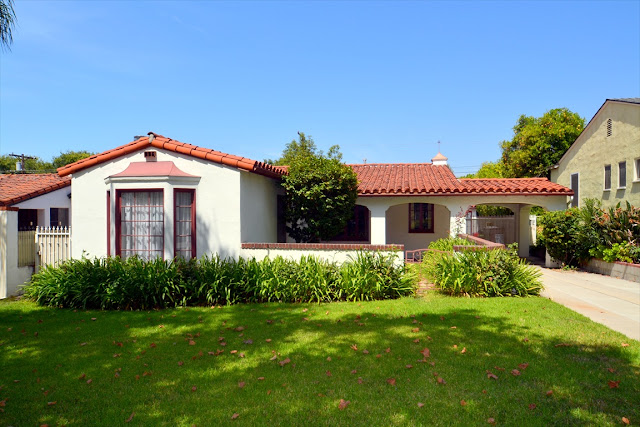Heritage And Urban DESIGN (The Future of The Past) Page 2
Although pre-designed urban surroundings existed long before any definition, it was in the 1970s that the concept of urban design was introduced.
The reasons for this conceptualisation may be embedded in specific situations, acknowledged by professionals and the public in the late 1950s. They formed the raison d'etre for the newly defined sphere of activity and were constantly reaffirmed in urban design discourse: to give people back that which modernist Sterility, abstraction, uniformity and minimalism had taken from them. The outcome of modernist urbanism was placelessness. Urban design was directed towards placemaking.
Urban design was established in opposition to modernist urbanism and there was a broad common denominator among creators of normative theories, such as, the intention to re-establish duality of place in the public realm.
Just as the renewed interest in postmodernist urban fabric arose from the need to exploit all possible local assets to assist the reorganisation of post-industrial inner cities, and especially the tourism industry, so did placemaking. Evoking a 'sense of place' is related to human scale, emphasis. On the local (historical, natural or Cultural), legibility, defined urban spaces, pedestrian Circulation, stimulation of all senses - the essential Characteristics of downtown.
Although nowhere has urban design become a distinct profession, it has been embraced into the heart of 'good practice' guidelines, particularly in Britain and other European countries. For the better part of the last century, Visions of the city were reduced to what could be engineered to fit the abstractions of a technological milieu and its economic dictates. This became a world of immediacy, of concreteness, where the real and the possible were framed by the cartesian dictates of technological determination, which, in turn came to be indiscriminately understood as the only form of realism possible. There is an emerging need for a triumvirate of influences to guide the development of urban Centres.
(Continues...)




Comments
Post a Comment